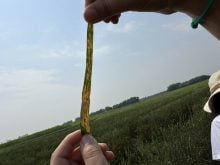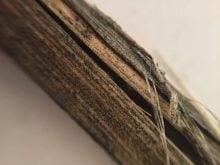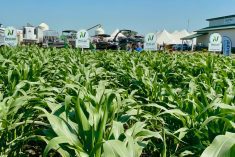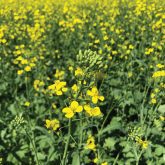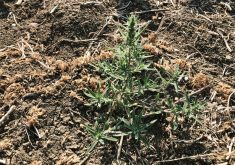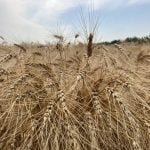Although beans are a specialty crop in Canada, they are a vital part of the global diet, Dr. Frédéric Marsolais says. Beans are high in protein, fibre and complex carbohydrates. They’re also a source of antioxidants and several nutrients.
“It became apparent that having access to a genome sequence for this crop would be very important, very useful,” he says. Marsolais is a researcher with Agriculture and Agri-Food Canada, specializing in protein chemistry.
Marsolais is collaborating with Canadian colleagues at Agriculture and Agri-food Canada and universities in Guelph, Windsor and London to plot out the common bean genome. The researchers are now in Year 3 of the four-year project. They’ve scanned individual bits of the genome, called sequences, and are now stringing them into chromosomes.
Read Also
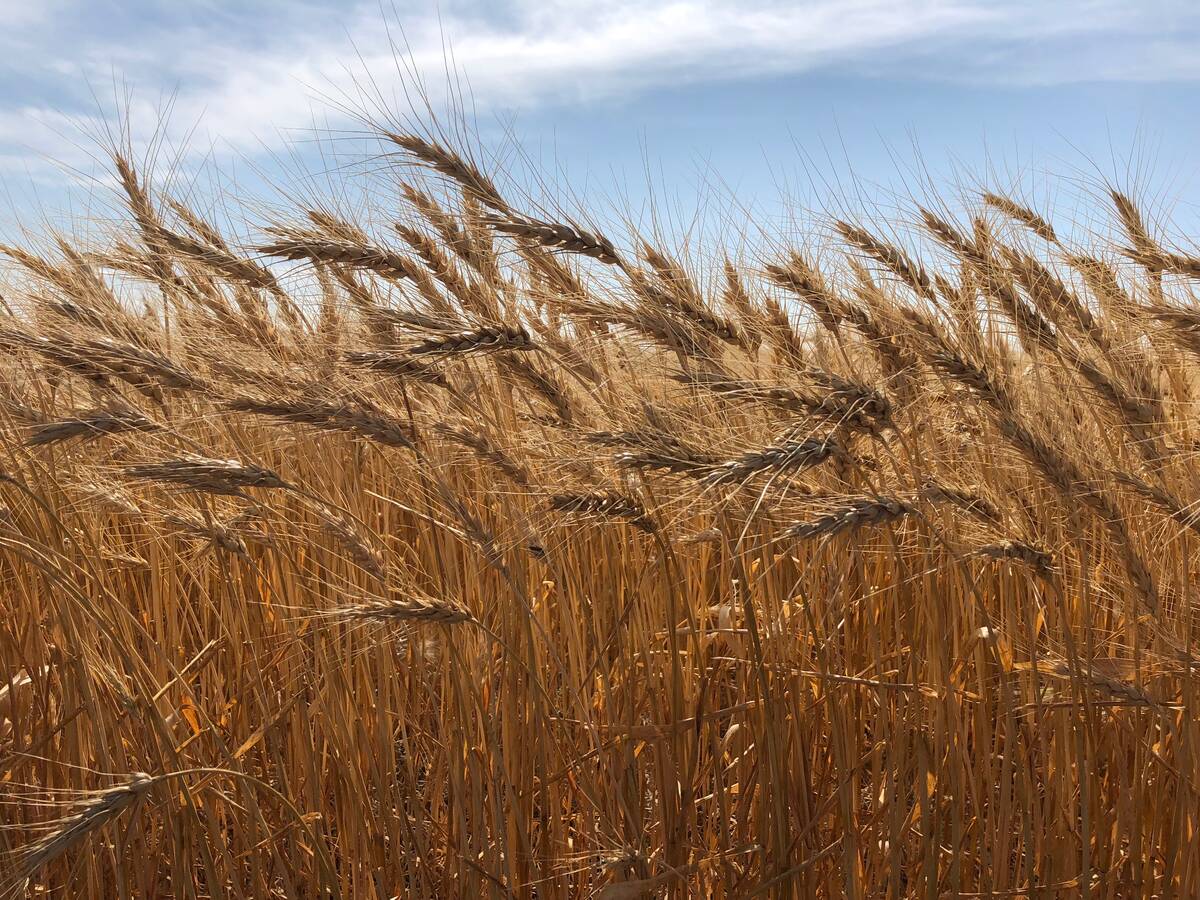
Urea stands tall, production-wise, against ‘alternative’ nitrogen fertilizers
A two-year Alberta project finds old-school granular urea is still the most effective nitrogen fertilizer source for spring wheat yield when compared to “alternative” forms of granular N, at least at the sites studied.
The common bean has a relatively simple genome with 11 chromosomes, Marsolais says. “It is a species that is relatively close to soybeans.”
The soybean evolved with a duplicated genome, and so it contains double the genetic information of the common bean. But the common bean is a good model to study soybeans in some ways, Marsolais says. And sequencing the genome will have other benefits.
“Through this genome project, one of the benefits of having the sequence of the bean genome will be the ability to locate the loci and to develop molecular markers and sort of tag the important genes that determine our beneficial traits. And be able to move them more rapidly into improved varieties,” says Marsolais.
- More from the Grainews website: The middle view on GMO crops
Tagging those locations will make it easier for plant breeders to develop new varieties. For example, relying on visual inspection is a complex, costly way to breed resistance into plants. Relying on molecular markers would simplify the breeding work, though researchers would still validate the disease resistance, Marsolais says.
“It will not only enhance the speed of breeding, but the precision.”
One trait scientists are looking for is common bacterial blight resistance. Common bacterial blight is a deadly disease for dry beans — Agriculture Canada pegs yield losses at up to 40 per cent. Though researchers haven’t finished assembling the bean genome, they have found two locations on the genome responsible for blight resistance.
Marsolais and his colleagues have also started mapping genes related to flavonoids. The flavonoids have antioxidant benefits, such as working against cancer. Flavonoids also influence seed quality and colour. “This is relatively complex. There are several dozen genes involved,” says Marsolais.
Scientists are also studying how bean genotypes affect storage proteins in dried beans, Marsolais added.
“What is the impact on nutrition and functional properties of the bean protein for end use in food? This is another very important aspect of beans and of our project.”
Ontario industry and federal and provincial government agencies have funded and supported the Canadian team. And although the research has been focused in Ontario, it will be used in federal breeding programs in Manitoba and Alberta as well.
Canadian scientists aren’t the only ones puzzling out the bean genome. Marsolais says there is international momentum building around bean genomics.
“There have been parallel efforts in the United States and in Central America, South America and Spain. Each group is focusing on different characteristics of beans and different genotypes of beans. There is quite a bit of genetic diversity in beans.”
“So there should be world-wide benefits to bean genomics research beyond Canada.”




